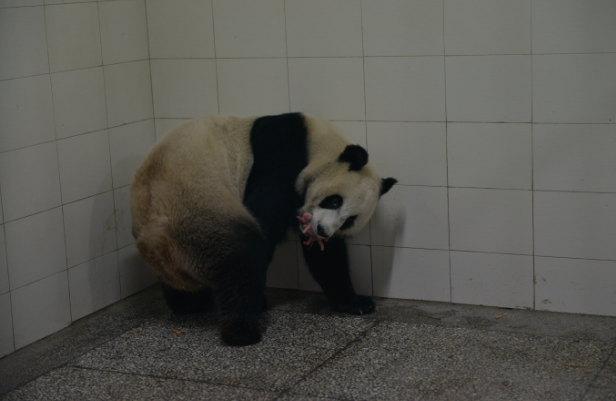Wolong Panda Reserve scheduled to reopen before the end of 2012

More than 80 giant pandas roaming around in a mountain gorge base near Chengdu, capital of southwest China’s Sichuan Province, will return to the bamboo groves of Wolong next year after their quake-leveled homes are rebuilt.
“Rebuilding of all the facilities at the Wolong Nature Reserve will be completed on schedule before the end of 2012,” said Zhang Hemin, head of the China Giant Panda Protection and Research Center in Wolong.
By then, all the 82 pandas at the Bifeng Gorge base in Ya’an City will be moved into new homes. The two bases are at least 13 hours’ drive away from each other.
Wolong rebuilding covers the research center and two affiliated institutions, including the Bifeng Gorge base and a panda disease control center in Dujiangyan, said Zhang, a renowned panda expert who led the way in breeding giant pandas through artificial insemination.
The new Wolong center, located at Shenshuping in Gengda Township, is expected to cost nearly 300 million yuan (45.87 million U.S. dollars).
It will have 50 separate panda enclosures, a laboratory, a vets hospital and a training center for panda keepers and tourists to learn about panda protection.
The center will also have 23 zones in the wild mountain forests outside the enclosed area, where wild training programs will be carried out to help captive-bred pandas return, step by step, to the wild, said Zhang.
Wolong Nature Reserve, a 200,000 hectare-area in mountains of the Aba Tibetan and Qiang Autonomous Prefecture, is China’s largest and oldest national nature reserve. It is home to about 60 percent of the world’s total panda population.
The Wolong panda base, about 30 km from Wenchuan, the epicenter of a massive quake on May 12, 2008, was seriously damaged and its pandas were all evacuated to Bifeng Gorge.
Wolong now owns 165 giant pandas, including 47 born after the quake. Eighty-two are now living at Bifeng Gorge and all the others have been leased to zoos in China and abroad.
Giant pandas are among the world’s most endangered species. Statistics from the State Forestry Administration show about 1,600 pandas live in the wild, mostly in the mountains of Sichuan, while about 300 are held in captivity at zoos worldwide.
Most giant pandas in captivity are not good breeders. Only 24 percent of females in captivity give birth, posing a serious threat to the survival of the species.
Source: http://news.xinhuanet.com/english2010/china/2011-04/11/c_13823589.htm









